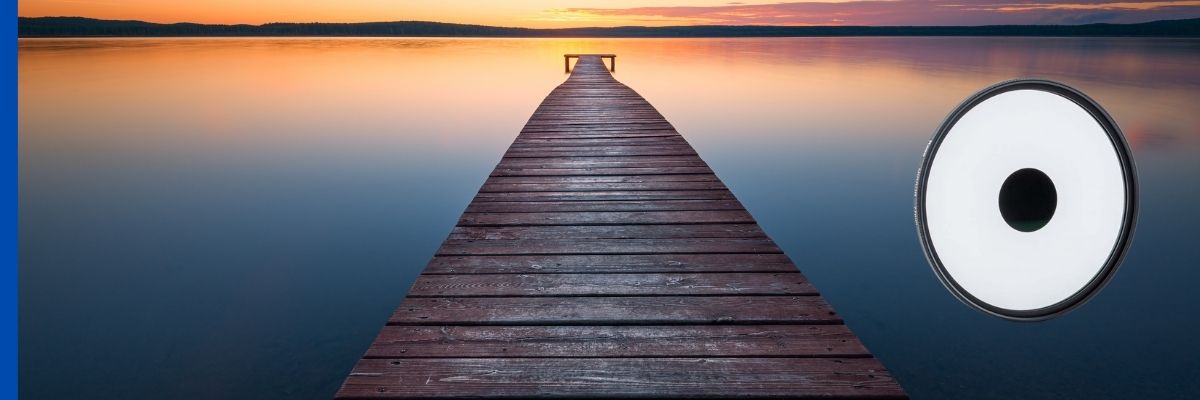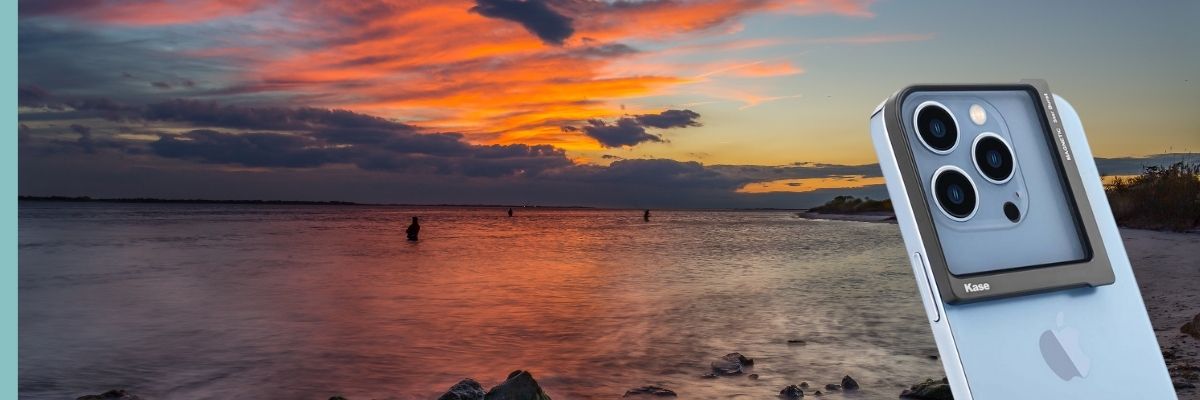The different filter types and their effects at a glance
There is a wide range of different camera filters on the market. The offer ranges from infrared filters for black and white shots to gray gradient filters for the most beautiful sunsets to simple gray filters that reduce the light hitting the camera sensor. The most common filters on the market are the ND filters, gray graduated filters and polarizing filters. What this camera filters can be used for and for which motifs you should use them, we have described in more detail below.
The ND filter - the sunglasses for the camera
The exposure times of the camera can be artificially extended with the gray filter. You can find out exactly how much in the table below. ND filters are also called gray filters. This is used to darken the image. It is relatively easy to explain why this can be an advantage: the exposure time depends directly on how much light hits the camera sensor. In most cases, this is not a problem; when the sun is shining, you simply set the exposure time very short, and correspondingly longer at dusk.
But there are also images for which a longer exposure time is advantageous. For example, if you want to capture the flow of water in a waterfall, you will need a longer exposure time. If, on the other hand, the exposure is only short, the waterfall looks frozen in the photo. You can use an ND filter to ensure that the image does not just turn white despite the brightness and the longer exposure. We offer this in various strengths. The greater the strength, the darker the filter appears and the longer the exposure time.
The gray gradient filter - for landscape photography
Graduated gray filters are glass filters that are clear on one half and darkened on the other half. These two areas converge in the center of the filter, going from dark to clear. This transition varies depending on the type of filter. GND filters are used to balance the exposure of a scene that consists of a lighter section (the sky) and a darker section (the foreground), especially in landscape photography. The human eye makes it possible to visualize a wide range of light and shadow. This is also known as the dynamic range of a scene. Unfortunately, today's camera sensors are not able to reproduce the dynamic range as the human eye is able to. The use of GND filters helps to give the sensor a helping hand. This makes it possible to capture the dynamic range of a shot with a single exposure.
The circular polarization filter - for the most beautiful contrasts
More intense colors and avoidance of unwanted reflections - the circular polarization filter, or polarizing filter for short, is the perfect helper when photographers want to capture landscapes or water. The round filters ensure that, for example, a flower meadow becomes more colorful, a blue sky more contrasting and a green meadow greener. In addition, such a filter prevents reflections, for example on a lake or on glass surfaces. This filter is essential, especially when fish are to be recorded under the water surface.
What is also very practical: If the filter is attached in front of the lens, the effect of the filter can already be seen when taking the picture and is amplified or weakened on the filter itself by turning the filter disc directly on the lens. Some sunglasses also work with polarized glass. If these are worn, the sky suddenly looks bluer and the sea turquoise.






















